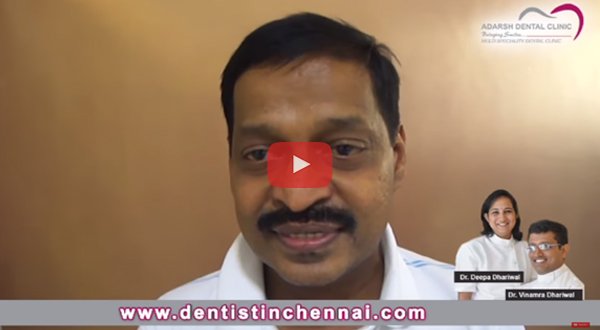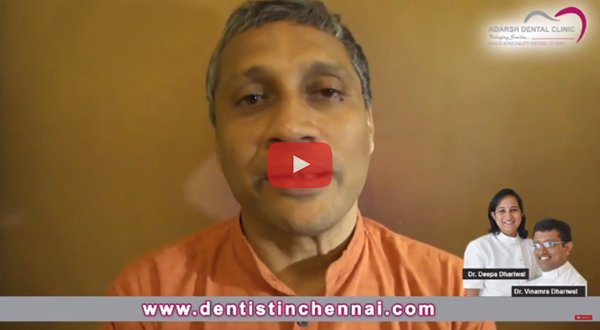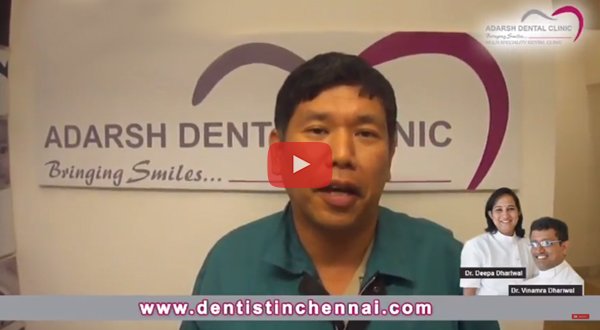Gum Surgeries
Periodontal Gum disease can be very invasive and aggressive if left untreated for a long time. It can lead to the gradual destruction of vital gum structures which protect the teeth and attachment of teeth to jaw. The ultimate result of tooth loss due to periodontal gum disease can be disturbing to both of your oral health and appearance. A carefully and well-planned treatment that may or may not include surgical procedure is required to control the gum disease and restore the health of gums which are damaged.
Gum disease is caused by the formation of plaque by bacteria on the tooth surfaces. This can be due to inadequate or poor oral habits and hygiene. Gums gradually get infected due to this plaque formation and the body, as a defensive mechanism responds with further inflammation to destroy the bacteria. As this process continues, the inflammation becomes severe and damages the gum and surrounding bones and tissue. This causes formation of Periodontal pockets, space between gums and teeth. It then becomes a cycle and as the pockets get deeper, the severity of the condition increases. As a result of this, the bone surrounding the teeth is eaten up and the teeth hold on bone loosens up.
Non-surgical treatment options such as scaling and root planing are suggested to remove this plaque and calculus formed on the root surface which will prevent the gum diseases. But in cases where the periodontal pockets are deep more than 5mm due to severe infection, gum surgery is the only option to repair, clean and maintain the infected areas.
There are different types of gum surgeries. Gums can be easily infected because they are sensitive, soft and tender. Infections and injuries to the gums should be treated carefully. Gum surgeries are chosen usually as a method to regain the normal health of the gums. Gum surgeries are also done for aesthetic reasons. Below we have listed out various types of Gum surgeries available:
1. Gingival flap surgery or Pocket reduction: It is done in order to reduce the depth of teeth pockets. People with moderate to severe periodontics are more likely to develop larger pockets. They might have to undergo gingival flap surgery. Bacteria that are hidden behind the gums can be easily removed by flap surgery. The procedure involves cutting the gum tissue and proceeding with a deep cleaning. Highly technical to simple hand instruments are used for cleaning these pockets. This will help in removing the plaque, tartar and biofilm. Suturing maybe required.
2. Gingivoplasty: This type of gum surgery is used mainly for aesthetic purposes. In this procedure, the gum tissue around the teeth will be reshaped in order to make it look more appealing. It can be done where the gum is pushed away from the tooth.
3. Gingivectomy: This surgery is recommended when excess gum tissue is to be removed. The periodontist will numb the gum tissue and remove the extra gum tissue. It will give a clean and gentle look to the tooth. It is mainly done for cosmetic reasons.
4. Regeneration: This procedure that regenerates the lost bone and tissue supported around your teeth. This is achieved with Guided bone regeneration (GBR) & Guided tissue regeneration (GTR) using bone graft and membranes.
5. Soft tissue graft: In this procedure, a sample tissue is taken anywhere from your mouth and is replaced at the location where tissue is infected or lost due to gum disease.
6. Crown lengthening: Here, your dentist will remove the overgrown areas of gum which will make your teeth look longer and attractive.
We, at Adarsh Dental Clinic, provide all types of Gum surgeries depending on your oral health and condition of disease. Our dedicated team of Gum surgery specialist i.e. Periodontist and other specialised doctors will recommend you the best treatment choice for you. To book an appointment with us, call now at +91-44-24612461







